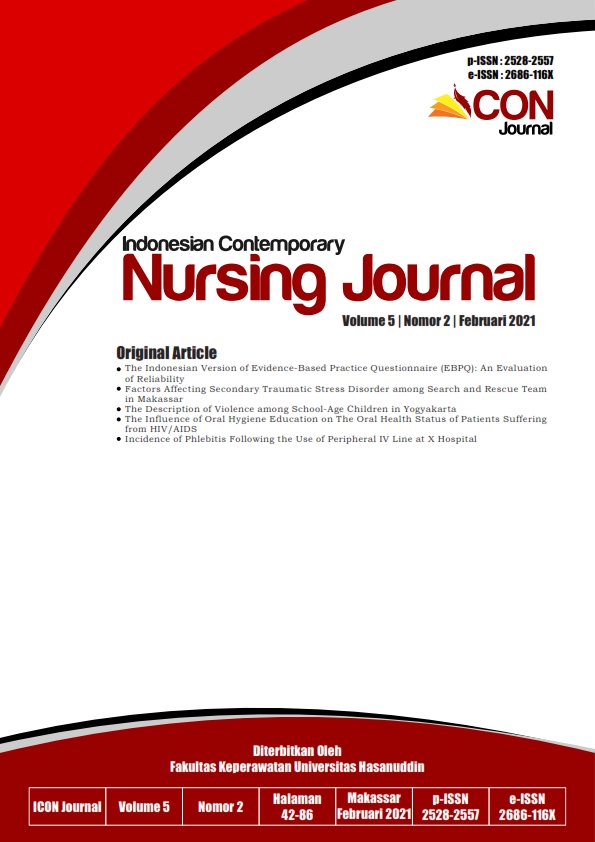NURSING TECHNOLOGY SUPPORTING FAMILY INVOLVEMENT IN CRITICALLY ILL PATIENTS: A SYSTEMATIC REVIEW
Keywords:
critically ill patients, family involvement, technologyAbstract
Background: Family involvement in the care of critically ill patients positively impacts treatment outcomes and patient well-being. Nursing technology has become an essential tool in facilitating family engagement Aims: This study aims to conduct a systematic review of nursing technology that supports family involvement in critically ill patients. Methods: This article utilized a systematic review method. Articles were assessed using the JBI Critical Appraisal Checklist. The instruments were the JBI Critical Appraisal Checklist for Randomized Controlled Trials and the JBI Critical Appraisal Checklist for Cohort Studies. Literature from the past five years was obtained from four databases: Science Direct, Scopus, Springer Link, and ProQuest. Results: Out of 148 articles, 15 were analyzed. Various technologies (such as web-based platforms, tablets, SMS tools, and video conferencing) were used to provide information, enhance decision-making, and provide virtual access to family conferences. Although interventions varied, "Information sharing" and "Activation and participation" were most commonly implemented in the family involvement model. In studies that discussed the components of family involvement more comprehensively, interventions allowed for information adjustment through two-way communication and active family participation in the decision-making process. Conclusion: Based on the findings of this systematic review, it can be concluded that nursing technology has great potential in supporting family involvement in critically ill patients. This technology can significantly improve family well-being, communication, and decision-making. Further research can focus on a deeper understanding of the emotional impact experienced by families of critically ill patients due to the use of technology.Downloads
Download data is not yet available.
Dimensions
Published
2023-08-27
How to Cite
Sumardi, S. N., Ismail, S., & Kaloeti, D. V. S. (2023). NURSING TECHNOLOGY SUPPORTING FAMILY INVOLVEMENT IN CRITICALLY ILL PATIENTS: A SYSTEMATIC REVIEW. Indonesian Contemporary Nursing Journal (ICON Journal), 8(1), 32-46. https://doi.org/10.20956/icon.v8i1.28057
Issue
Section
REVIEW ARTICLE
Copyright & Licensing
Authors who publish with this journal agree to the following terms:
Authors retain copyright and grant the journal right of first publication with the work simultaneously licensed under a Creative Commons Attribution License that allows others to share the work with an acknowledgement of the work's authorship and initial publication in this journal.
Authors are able to enter into separate, additional contractual arrangements for the non-exclusive distribution of the journal's published version of the work (e.g., post it to an institutional repository or publish it in a book), with an acknowledgement of its initial publication in this journal.
Authors are permitted and encouraged to post their work online (e.g., in institutional repositories or on their website) prior to and during the submission process, as it can lead to productive exchanges, as well as earlier and greater citation of published work (See The Effect of Open Access).
Authors retain copyright and grant the journal right of first publication with the work simultaneously licensed under a Creative Commons Attribution License that allows others to share the work with an acknowledgement of the work's authorship and initial publication in this journal.
Authors are able to enter into separate, additional contractual arrangements for the non-exclusive distribution of the journal's published version of the work (e.g., post it to an institutional repository or publish it in a book), with an acknowledgement of its initial publication in this journal.
Authors are permitted and encouraged to post their work online (e.g., in institutional repositories or on their website) prior to and during the submission process, as it can lead to productive exchanges, as well as earlier and greater citation of published work (See The Effect of Open Access).





